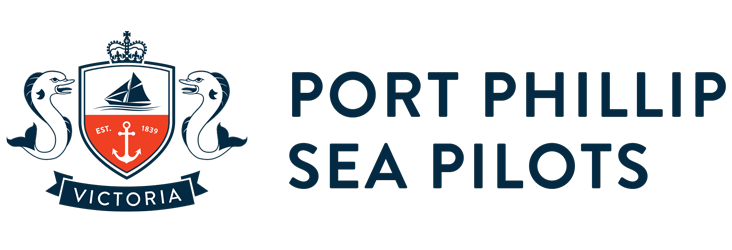03 Nov Sea pilot study finds anxiety, tension, ill-health and…death
At least 80 percent of Port Phillip sea pilots who retired between 1975 and 1981 were forced to quit because of ill health.
And almost half of those pilots died within a year of retirement as a result of their illness.
These findings are part of a report prepared by Mr Yossi Berger, a research officer with the ACTU’S Occupational Health and Safety Unit.
There are now 43 pilots who operate a 24-hour service, steering ships through the Rip – the heads of Port Phillip Bay – to the ports of Melbourne and Geelong. They also pilot Western Port Bay.
For five years Mr Berger studied the effects of shift work on employees in the marine industry and, in particular, the sea pilots.
He found that pilots were suffering from prolonged and constant fatigue and a high degree of anxiety and tension.
“Between 1975 and 1981, 80 percent of all retiring
“Pilots were forced out of the service by an irreversible and/or debilitating condition, by serious illness or they died,” he said. “Of those forced by illness to retire, 71 percent died of that illness, 50 percent within one year.”
As well as health problems, Mr Berger found that the uncertainty of pilots’ hours and conditions caused social and behavioural disruption.
‘The percentage who have been or who are divorced, separated or widowed is 27.5 percent.” He said.
“This compared unfavourably with 6.8 percent for other shift workers.”
Mr Berger said that while he was doing his research:
- Two pilots in Australia drowned while boarding, embarking or disembarking, and one died of a heart attack on the bridge of the ship.
- A potentially disastrous grounding occurred at the entrance tio Port Phillip Bay in the early hours of the morning.
- A major grounding in New Zealand resulted in the sinking of the Russian liner Mikhail Lermontov and death of a crew member.
“In each case, irregular hours of work and repeated socio-economic disruptions were involved,” he said.
“It is also worth noting that nearly half of all shipping collisions occur between midnight and 6a.m. while radar is in use and visibility is more than two miles.

